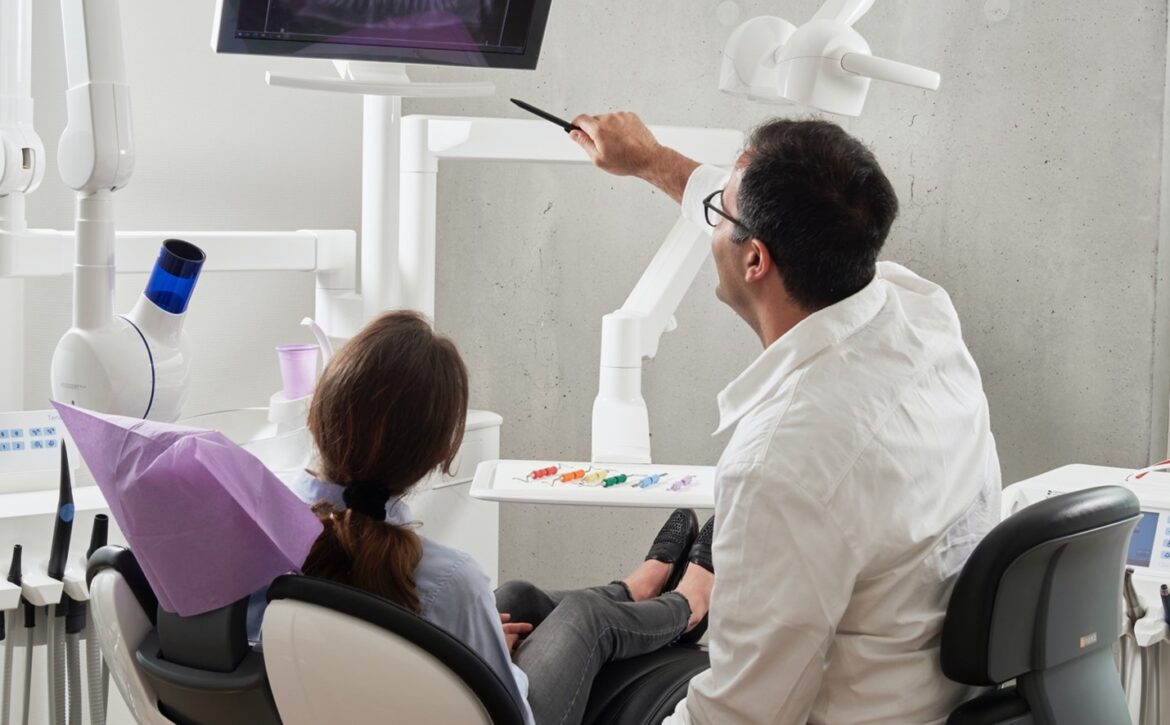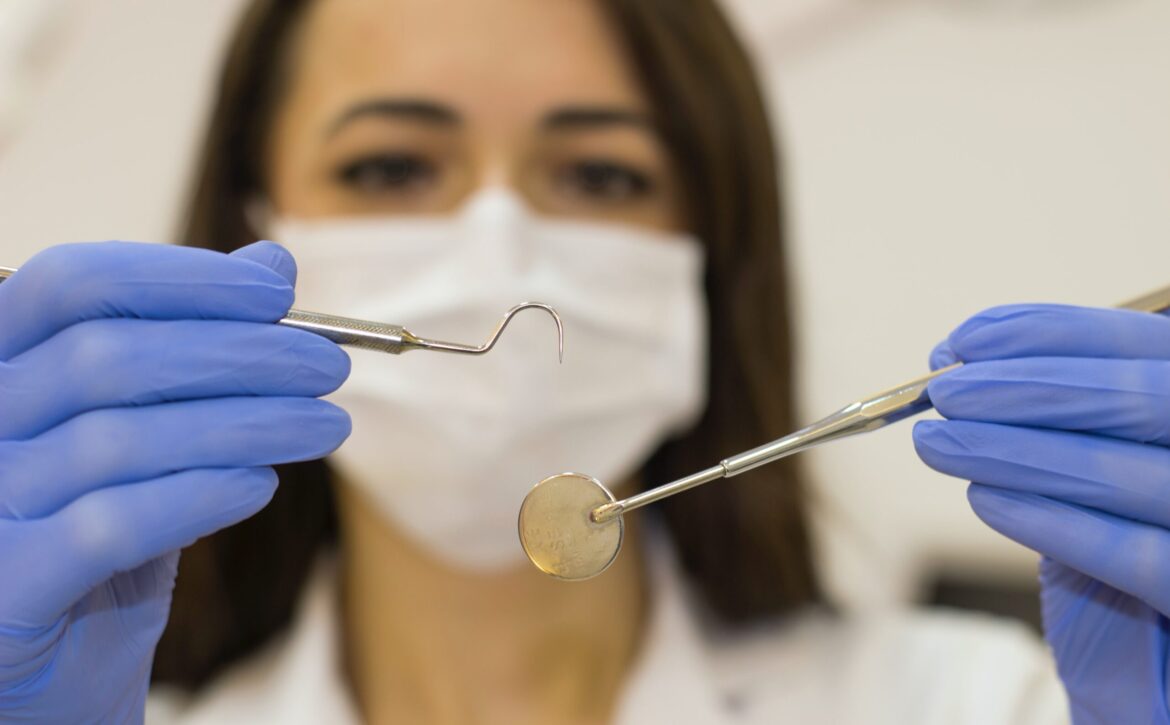How to Reduce Pain From A Cracked or Broken Tooth
A broken or cracked tooth can be very painful, especially if the injury extends to the inner pulp of your teeth. While the best-case scenario is to see your dentist immediately, this isn’t always possible. These temporary solutions will help you relieve your pain while you wait for an emergency appointment.
What to do immediately after a broken or cracked tooth
If you are experiencing a broken or cracked tooth call your dentist to set up an emergency appointment immediately. While you wait you need to prevent further damage from occurring to the tooth.
While you wait, bite down on a piece of gauze. Most emergency kits come equipped with clean gauze. Cut or rip a long section of gauze off the roll and fold it over two to three times before biting down. Collect any parts of your tooth that you can and put them in a shallow container of milk. Bring this with you to the dentist. While the dentist may not be able to reattach the tooth, they may want to see if the broken tooth was enamel or contained a filling.
Avoid eating or biting down on the tooth. A cracked tooth can often be repaired. Keeping food out of the crack is essential. Biting down on the tooth could cause a root fracture which is harder to repair.
How to reduce the pain of a broken tooth
Not all temporary remedies will work on a broken tooth. However, they may make waiting for a dental appointment more bearable and there’s no harm in trying them.
Use over-the-counter pain relief
Ibuprofen or paracetamol can help reduce the pain caused by a broken tooth. In New Zealand, these over-the-counter drugs are available at most supermarkets, pharmacies, and corner stores. Take two pills with a glass of water. You can take more as directed by the back of the medication packet.
Sit, stand or raise your head
It can be tempting to want to lie down when experiencing tooth pain from a broken tooth. Unfortunately, lying down can make toothache worse as certain positions often put pressure on your mouth and jaw. If you can’t see a dentist the same day as your accident, try sleeping supported by pillows in bed so that you are sitting upright. Walking around can help.
Rinse with salt water and use an icepack
Many people find relief in rinsing the mouth out with salt water after a mouth injury. After you have rinsed your mouth two to three times use an icepack or put something frozen against the cheek on the side of the toothache. Cover the pack with something soft like a tea towel or cloth to prevent burning your skin.
Try over the counter dental anesthetic
Ask your pharmacist for an over-the-counter dental anesthetic. Rubbing this onto the gum and near (but not in) the area of your broken tooth will help to dull the pain of a cracked or broken tooth.
Avoid certain foods until you see a dentist
While it’s likely you’re no longer in the mood to eat, you might still need to eat or drink if you can’t see your dentist for 24 hours. Avoid the following foods in the meantime:
- Acidic beverages such as soda, alcohol, and coffee
- Very hot or very cold beverages
- Hard foods like nuts or celery
- Chewy foods that put pressure on your teeth
- Foods with seeds in them like strawberries
- Sugary foods as this increases the bacteria that attacks tooth enamel
Food and drinks that won’t hurt your mouth include soup, water, peppermint tea, mashed banana, roasted vegetables, smoothies, and broth. Chewing on the other side of your mouth is also recommended.
What to do if your tooth is broken and is sharp
If your broken tooth is sharp, you may find eating or moving your tongue around your mouth uncomfortable or painful. In this case, a temporary filling repair solution like Dentafix is a good solution. You can squeeze this solution onto your tooth safely without causing further damage to the tooth. Most pharmacies stock a variety of dental fix products.
Need an emergency dental appointment?
If you are suffering from a broken tooth and need an emergency dental appointment, we can help. We keep slots open for emergency appointments. Book online our friendly dental team and we’ll repair your broken tooth in no time.




